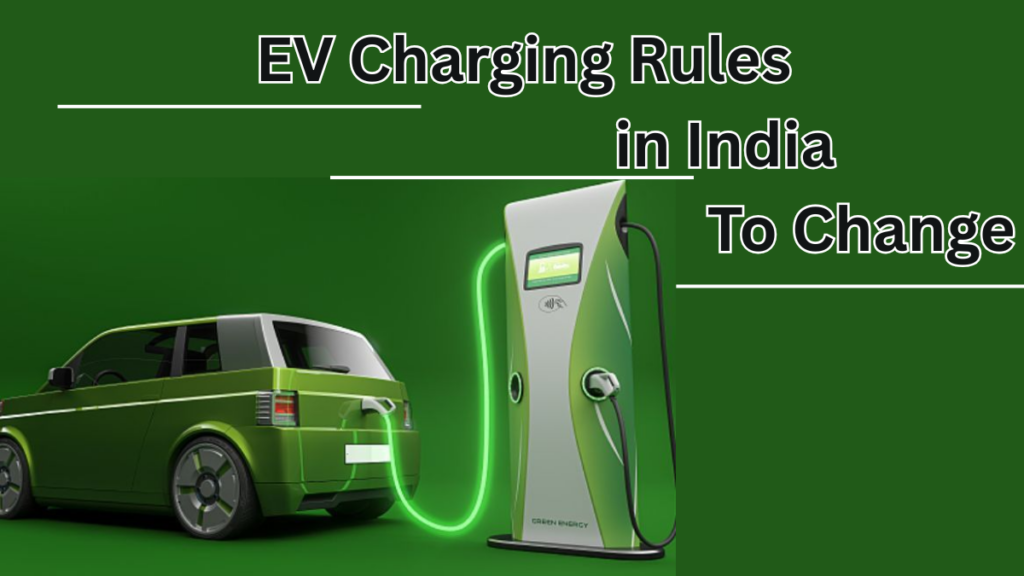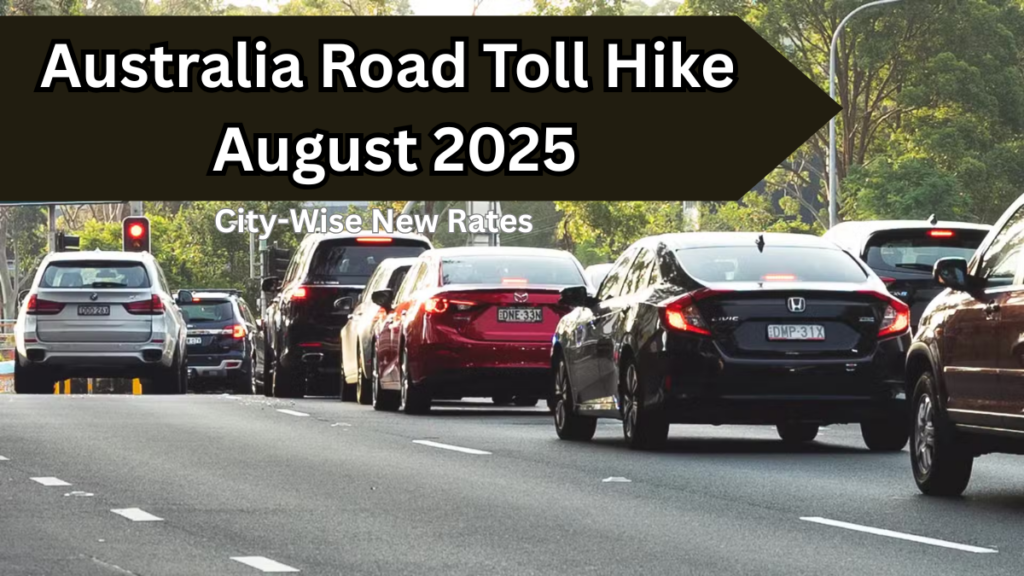India is charging forward into a greener future, and 2025 will be a game-changer for the country’s electric mobility scene. The updated EV Charging Rules India 2025 are designed to support the growing adoption of electric vehicles (EVs) by streamlining access to public and private charging infrastructure.
If you’re an EV owner or planning to become one, understanding the latest charging policy updates will help you stay prepared and make the most of the changes.

Table of Contents
What’s Changing in 2025? A Quick Overview

The revised EV Charging Rules India 2025 introduce several important updates to improve the EV ecosystem. Here’s a snapshot:
Policy Change |
What It Means |
|---|---|
Mandatory Public Chargers in Urban Zones |
All cities with populations over 5 lakh must install public EV charging stations |
Faster Charging Norms |
Introduction of high-capacity chargers to reduce charging time |
Unified Tariff System |
Standardized tariffs across all public charging stations |
Apartment & Workplace Charging Integration |
New buildings must include EV charging points in parking areas |
Open Access Charging |
Users can charge their EVs at any public station without brand restrictions |
Charging at Home, Offices, and Apartments
One of the most user-focused changes in the EV charging policy is the mandatory integration of charging infrastructure in both residential and commercial buildings.
Key Highlights:
-
New apartment complexes and commercial buildings must dedicate a certain percentage of parking spaces to EV chargers.
-
Government incentives are available to help retrofit existing buildings.
-
Home charging setups remain valid but must follow upgraded safety standards.
These changes are a big step toward making electric vehicle ownership more practical for everyday users.
Public Charging Infrastructure – A Nationwide Push
The government is setting ambitious goals to ensure widespread availability of public charging infrastructure:
-
Charging stations to be placed every 3 km in cities
-
Every 25 km on national highways for light EVs
-
Every 100 km for heavy-duty EVs like buses and trucks
This move is expected to eliminate range anxiety and support the country’s goal of mass EV adoption.
Tariff and Payment Simplification
With the new EV Charging Rules India 2025, users will experience standardized and more transparent pricing structures. Here’s what to expect:
Charging Type |
Estimated Tariff |
Payment Methods |
|---|---|---|
Public Charging |
₹10 – ₹15 per kWh |
UPI, digital wallets, debit/credit cards |
Home Charging |
₹4 – ₹6 per kWh (state-wise) |
Billed with monthly electricity consumption |
Fast Charging Stations |
₹18 – ₹22 per kWh |
App-based payments, QR code scanning |
Safety, Monitoring and Interoperability
The updated charging policy also puts a strong focus on safety, real-time updates, and universal access.
Key Points:
-
All chargers must comply with BIS (Bureau of Indian Standards) certifications.
-
Real-time availability of charging stations will be visible via integrated mobile apps.
-
Interoperability across networks allows users to access multiple charging providers without restrictions.
What This Means for EV Owners
The EV Charging Rules India 2025 aim to provide significant benefits for both new and experienced EV users.
Key Takeaways:
-
Better accessibility: More charging points, especially in residential and highway areas.
-
Fair pricing: Standardized tariffs promote trust and transparency.
-
Improved user experience: Mobile app integration and cross-network compatibility.
-
Future-ready planning: Builders and developers must now consider EV infrastructure as essential.
Frequently Asked Questions (FAQs)
1. Will I need to change my EV charger at home due to the new policy?
No, existing home chargers are allowed, but they must meet updated safety norms as per the new rules.
2. Can I charge my electric vehicle at any public charging station?
Yes. Interoperability is now a key requirement, allowing you to charge at any public station, regardless of your EV brand.
3. How can I know the tariff before charging?
Public charging stations are required to display tariff information clearly on-site and via mobile apps to ensure complete transparency.
4. Are older apartment buildings required to install EV chargers?
It’s not mandatory yet, but older complexes are strongly encouraged to set up EV charging infrastructure. Government incentives may help offset costs.
Click here to learn more








